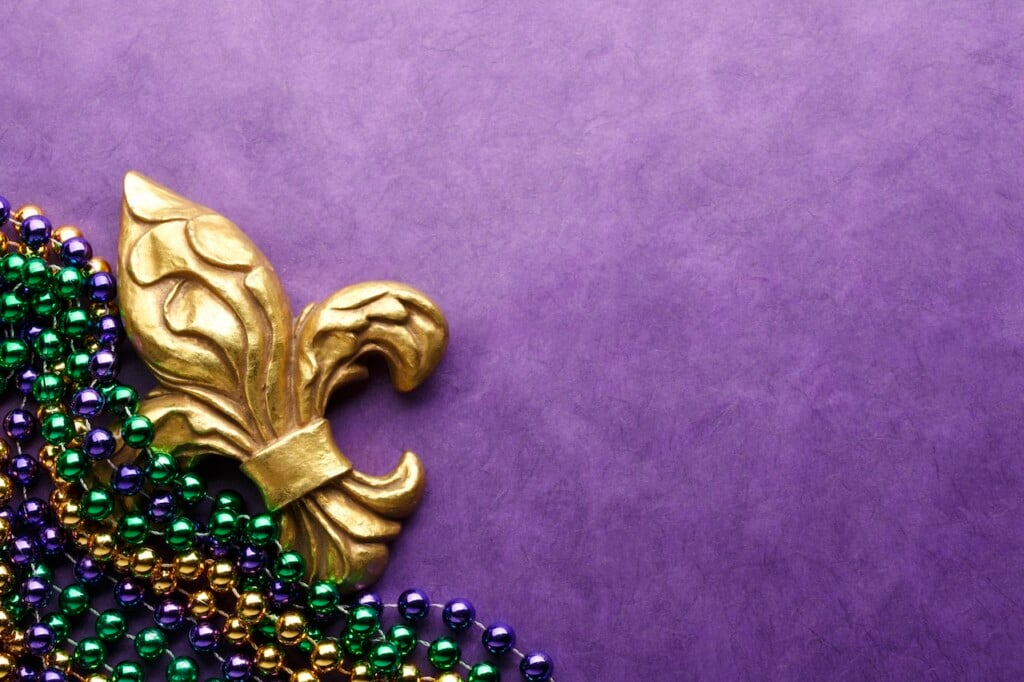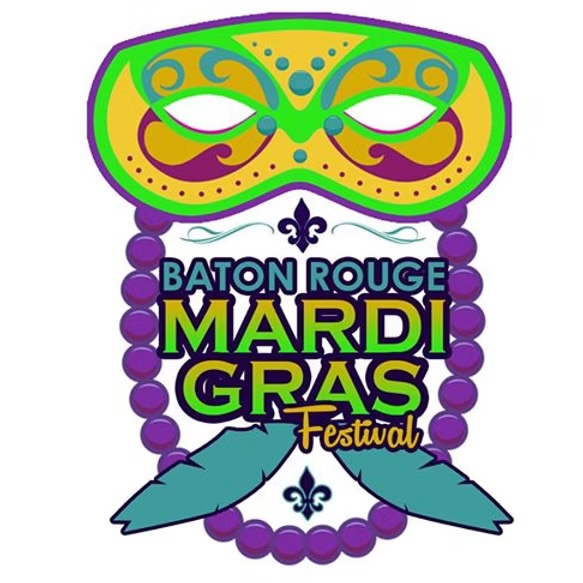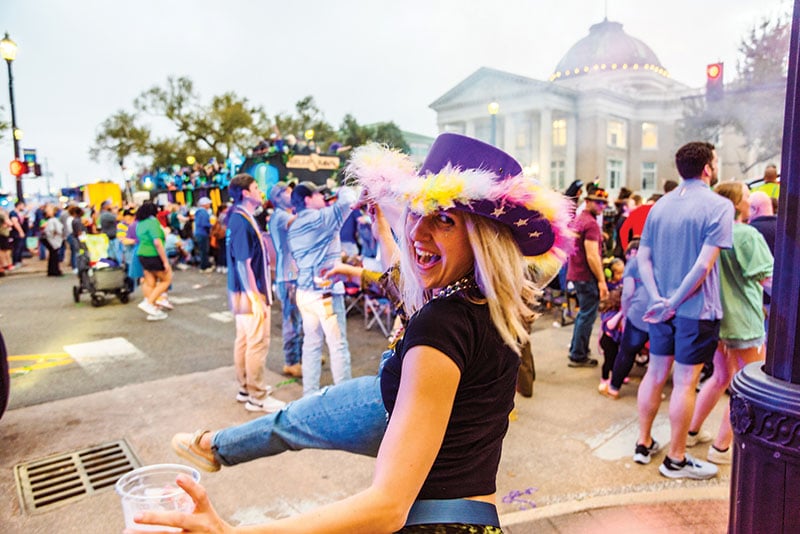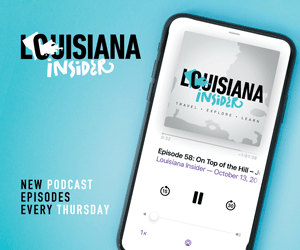Allons a Mardi Gras en Louisiane, Y’all: Carnival’s Mixed Cultural Roots

At its simplest, Carnival is all about parties. At its most sociological, Carnival is a season with deep cultural roots. Carnival in Louisiana is a celebration with three different strains of evolution: One is the New Orleans style Carnival which is, by far, the largest; another is the Acadian Courir du Mardi Gras and the third is the Mardi Gras Indians.
Just about everywhere in the state, or the continent, where there are Mardi Gras celebrations, they most often borrow from the New Orleans style. Characteristics would include floats with masked riders throwing objects; king cakes; the colors purple, green and gold; use of the term “krewe” and the pageantry of kings of queens.
Some of the other celebrations are in Shreveport and New Roads.
Baton Rouge, Lafayette and Lake Charles have also evolved a parade scene as have many smaller towns including Bogalusa and in suburban New Orleans. In some places the parades are on the weekend before Mardi Gras rather than the Tuesday itself. Of course, any place where king cakes are served (and most places do) borrows from New Orleans. (Though they have also embellished the brioche with stuffing of boudin and crawfish.)
Through the centuries, there have been many examples of “visitation” traditions as a form of celebration—and not just at Carnival. The early Mummers in Philadelphia (whose ancestry traced back to Scandinavia) would wear costumes as they ceremonially visited select houses on New Year’s day.
Evidence is that the Mummers influenced those who founded the Mobile Mardi Gras. (Indeed, the leader was from Pennsylvania.) The Mobile group was known as the Cowbellians and in their initial march, on New Year’s morning 1831, one of their stops included the home of the mayor, so there was a trace of the visitation tradition back then. Years later, in 1857, some former Mobile Cowbellians would be instrumental in founding the Mistick Krewe of Comus in New Orleans. Besides creating the word “krewe” and introducing the float to the New Orleans Carnival, Comus would originate the city’s parading tradition from which all else evolved. Early Philadelphia mummery was a distant influence on what evolved in New Orleans yet, because of its European roots, mummery also influenced the celebration held in Cajun country.
In the prairie areas of Acadiana, particularly west of the Atchafalaya including Mamou and Eunice, Courir de Mardi Gras is a visitation tradition characterized by masked horseback riders. (They are often followed by a wagon toting a Cajun music group.) The riders make their “run” by going from house to house to “beg” for items used in preparing a gumbo.
Although Mardi Gras is a French name and New Orleans was a French town, the Carnival as it evolved there was largely Anglo-Saxon in influence (Including the creation of the contrived word “krewe.”) With lineage that traces back to Mobile and farther back to the Mummers in Philadelphia, what evolved in New Orleans was the classic American Carnival which, like many things American, has a touch of European influence. In Cajun country The Courir has roots that traced most directly back to medieval France.
Louisiana’s third strain is the Mardi Gras Indians. The tradition, celebrated mostly among Black men in New Orleans (though women have become more active in this too), is a fusion of American Indian culture and Afro Caribbean rhythms. The feathery Indian costumes borrow, not from the native Choctaws, but American Plains Indians as once seen in travelling wild west performances, such as Buffalo Bill’s Wild West show. Although Lafayette is the epi-center of Cajun country, the parades held there are more in keeping with the traditional New Orleans style. In New Orleans, the predominately Black Zulu parade resembles the traditional marches and not the Mardi Gras Indians tradition.
Musically, each strain has made contributions: In New Orleans there are rhythm and blues standards (the classic being “Going to the Mardi Gras,” sung by Bogalusa native Professor Longhair) and in Acadiana there are, of course, Cajun songs with the anthem being “La Chanson de Mardi Gras.” The Mardi Gras Indians’ chants combine R & B with a Caribbean beat, the best-known example being “Iko, Iko.”
In many areas, the “krewes” are appendages of social service organizations quite often using the parade as a fundraiser. Some areas are more lax in the quality of masking and the originality of float building. Common to most any place though is throwing items from floats though the quality of the event can be measured by riders dressed in imaginative costumes rather than those whose design scheme is sweatshirts.
Does any other state have so many different strains on Carnival? No, most usually have watered down knock-offs of the New Orleans parades and certainly no Courirs or chanting Indians. The richness of celebration can be measured by the music they inspire.
That shows what a culturally rich state Louisiana can be. IKO-IKO.




